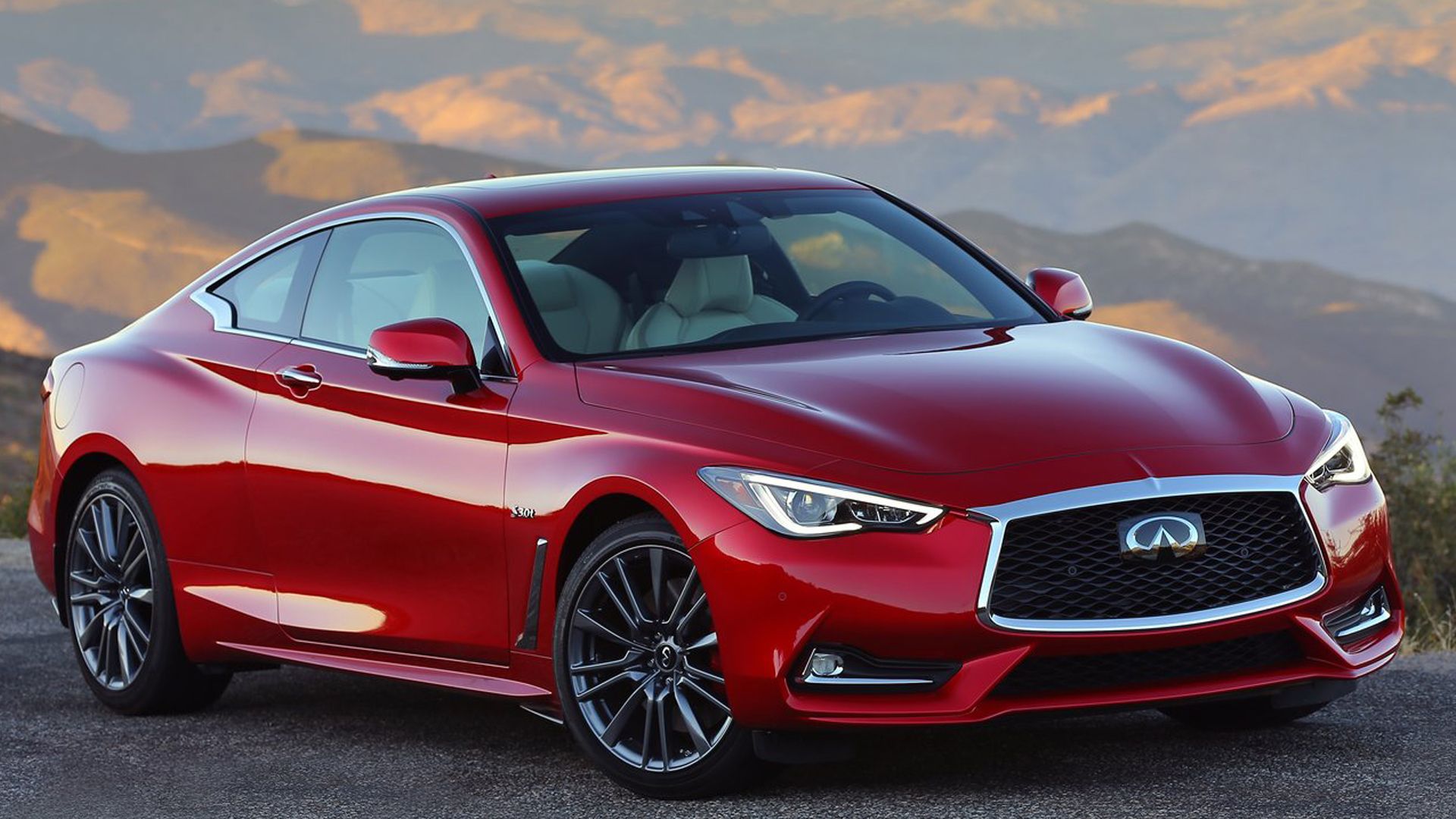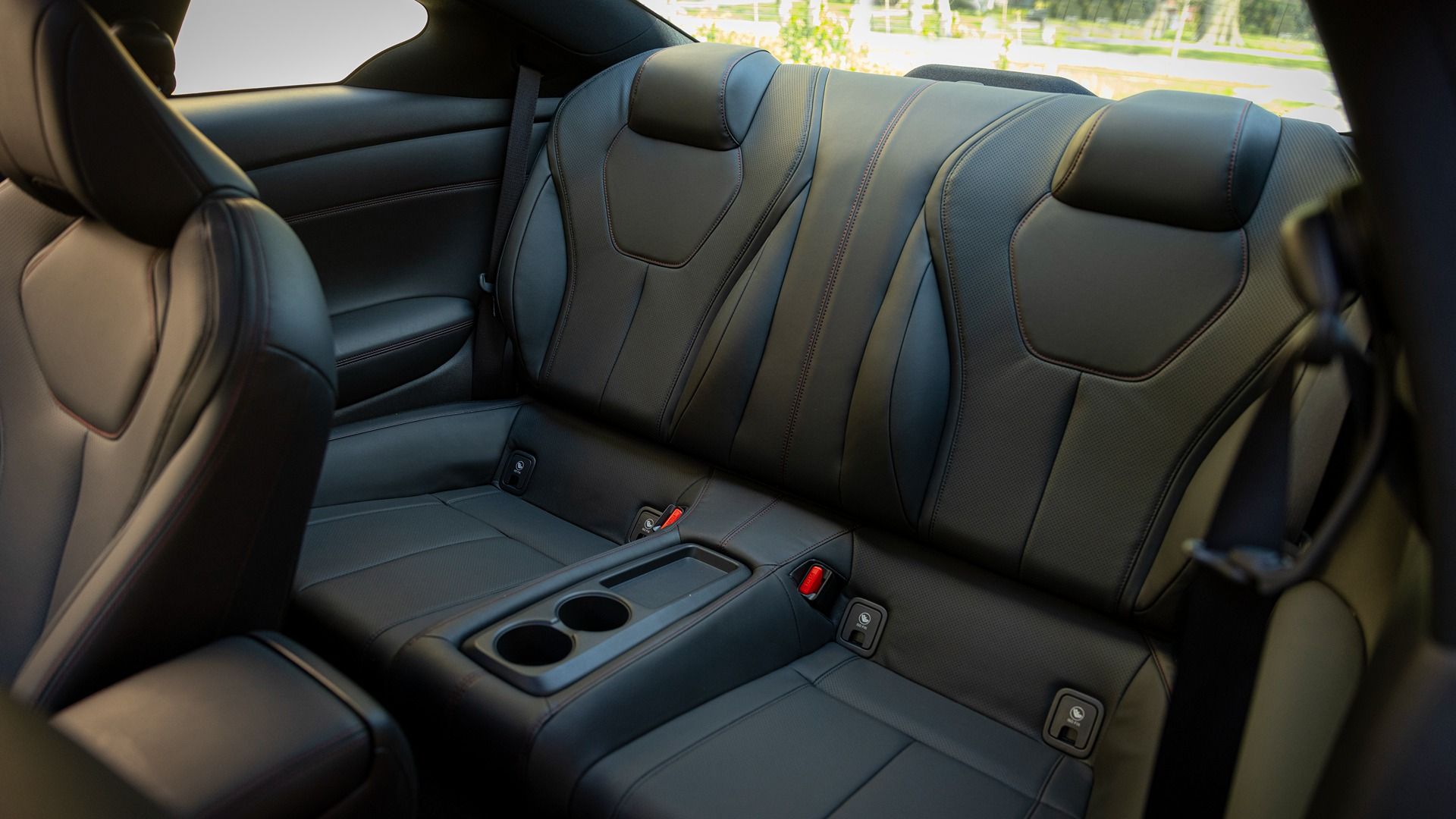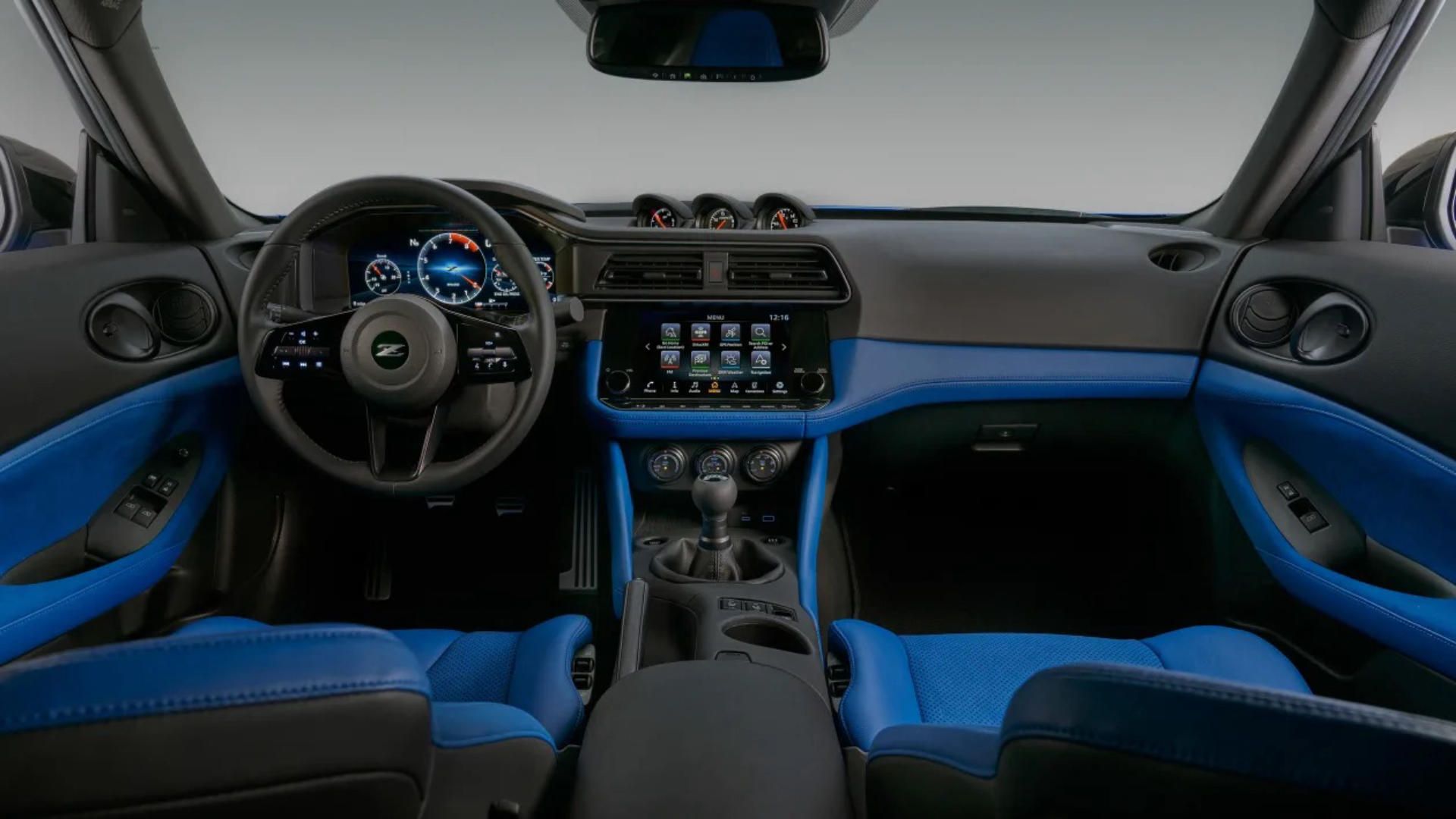Summary
- The Nissan Z and Infiniti Q60 are built on the same platform and share engines, but while the Z is a youthful sports car, the Q60 is a sophisticated GT for a more mature audience.
- Nissan is discontinuing the Q60 with the introduction of the new Z, potentially leaving a gap in the market. However, the new Z offers impressive bang for the buck with 400 horsepower and stands up against competitors like the Toyota Supra and BMW Z4.
- The Q60 offers a more upmarket fit and finish, a longer warranty, and a larger trunk, while the Z features a driver-focused cabin, sharper handling, and a fresher styling. Depending on preferences, consumers may choose one over the other.
The Nissan Z and the Infiniti Q60 are as identical as cars get as they are contrasting. One is a hard-edged hairy-chested sports car for the young and the young at heart, while the other is a suave, sophisticated GT for a more mature audience.
Yet both are built on the same platform, share the same engines, and are priced around the same. It is therefore no surprise that Nissan is axing the Q60 with the introduction of the new Nissan Z. But the question remains, has the new Nissan Z grown up enough to fill the gap left by the premium coupe, or did the Q60 get too sedate that something more youthful had to take its place?
A History Lesson: The Z Car V The Skyline
The Infiniti Q60 and, its 4 door counterpart, the Q50, are the stateside versions of the JDM Nissan Skyline V37. At its inception, the Skyline was an upmarket sports saloon, while the Z was a no-frills two-seater roadster. Even today, in no small thanks to the GT-R versions, the name Skyline evokes images of an unobtainable oriental monster that slays contemporary sports cars that are twice its price. The Z car on the other hand, since the introduction of the 240Z stateside, was a blue-collar wonder that remained a global model, slowly moving upmarket until the 300ZX was phased out in the late 90s.
It's perplexing where the two models stood at a given time on Nissan's lineup, with the standard Skyline being a restrained Japan-only version while the Z car, not bound by Japanese regulations, had global ambitions.
It all changed in the early 2000s when Japanese automakers stopped producing bonkers turbocharged cars. It is unclear if this was due to newly introduced extremely tight emissions regulations, but apart from a handful of models, nearly every turbocharged car disappeared from company lineups. Nissan took this opportunity to do something radical with the Z and the Skyline. The Z went back to its roots with a lightweight, driver-oriented back-to-basics approach.
The Skyline on the other hand made a big departure from the cramped, low waistline 80s architecture that dominated for the past five generations, making way for a new, elegant, curvaceous, Euro-styled design that was to be the norm for years to come. The new Z33 and V35 models now shared Nissan's FM platform, which stood for Front Midship, about its engine placement. The two also shared engines from Nissan's new naturally aspirated VQ family of engines and similar transmissions.
Practicality: Four Seats Against Two
It appears Nissan has boldly decided that anybody looking for a sporty four-seater rear-wheel drive Infiniti in this price bracket should opt for a Q60. By doing so they have completely alienated the consumers who wish to have a stylish Infiniti coupe, that can at a whim carry two extra passengers, leaving the market wide open for its superior, albeit more expensive competitors such as the Mercedes C class coupe and BMW 4 Series.
Not that Infiniti was ever the market leader in this segment. Mercedes has been the leader in this segment, with the BMW coming a close second. For those dead set on sticking to Japanese four-seater luxury coupes, the slightly more popular Lexus RC is still in production, but that too is long in the tooth.
It needs to be emphasized that while it is possible to fit passengers in the back of Q60, it is not the most pleasant place to be. There are no AC vents in the back like its competition and no charging ports. The only feature that is available in the back is two seatback pockets. Even if the Spartan nature of the backseat can be ignored, the rear dealbreaker is the lack of a center armrest, making it uncomfortable on longer trips.
Having just two seats in a car that's the width of a decently sized sedan might lead consumers to believe that it is going to be more spacious than a four-seater that is also based on the same platform. The new Z however offers only the same sort of space as the Q60. Worst still, the lack of rear seats has done nothing to improve the trunk space which stands at just seven cubic feet against Infiniti's 8.7.
GT Or Sports Car
There is no denying that the Q60 offered healthy competition as an affordable alternative to German two-door four-seater coupes. But, the Nissan Z punches its way in among more accomplished sports cars in the two-seater segment, such as the Toyota Supra, BMW Z4, Audi TT, and Porsche Cayman by offering massive bang for the buck. No competitor offers 400 horsepower at this price range, with only the GR Supra coming close with 382.
The Supra, however, is heavily based on the Z4, a much more sophisticated car than the Nissan Z, aimed at its German rivals. The Nissan, as fresh and refined as it is, has a distinct budget feel in this part of the market with Leatherette, shiny hard plastics, and poor-quality stitching on customer cars dominating the cabin. The nine-year-old Q60, if the dated interior can be ignored, offers much better materials and fit and finish than the new Z.
The New Z however shines when it comes to ride comfort compared to its competitors. The cabin noise levels too are favorable at cruising speeds compared to its competition at just 70.4 decibels at 70 miles per hour. While these figures are not as good as the Infiniti's the Z does a commendable job compared to German sports cars.
Reasons To Buy The Infiniti Q60
- Two-door, four-seater layout
- Optional AWD system
- More upmarket fit and finish
- Longer Warranty
- Larger trunk
- More comfortable ride
Reasons To Buy The Nissan Z
- Standard 6-speed manual transmission or optional 9-speed automatic
- Driver focused cabin
- Sharper handling
- Stiffer structure
- Fresh styling
- Value for money
Nissan Z Trumps The Q60 But Only Just
The Infiniti Q50/60, or the 13th Generation Nissan Skyline from the far east, is celebrating one of the longest production runs by the two marques. Nissan has had its fair share of financial troubles in recent years, and it is reflected in its aging fleet. The revolutionary new Nissan Z is therefore a miracle in this backdrop and could do wonders for the company's balance sheet.
As a 10-year-old design, it is no surprise that the Q60 faced dwindling sales and got killed off with the introduction of the new Z. Although a curvaceous design always ages a lot better than a sharper-edged one, the interior of the Infiniti already looked dated at its introduction, doing its sales no favors.
Despite the poorly appointed rear seats the Q60 still served as a worthy contender in the two-door four-seater premium coupe segment. Its ride comfort and refinement were enough to keep its discerning clientele happy over the years.
Specifications
2022 Infiniti Q60 | 2024 Nissan Z | |
Doors | 2 | 2 |
Seating Capacity | 4 | 2 |
Engine | 3.0 V6 VR30DDTT | 3.0 V6 VR30DDTT |
Power | 400 hp | 400 hp |
Torque | 350 lb-ft | 350 lb-ft |
0-60 | 4.8 s (RWD) | 4.3 s |
Fuel Economy City/Highway | 20/27 mpg | 19/28 mpg |
Length | 184.4 inches | 172.4 inches |
Width | 72.8 inches | 72.6 inches |
Weight | 3907 lbs | 3602 lbs |
Tire size | 255/35/20 (F) 275/30/20 (R) | 255/40/19 (F) 275/35/19 (R) |
Warranty | 4 years/60000 miles | 3 years/36000 miles |
Price | $58,700 | $50,990 |
The Nissan Z, while a more refined beast compared to its predecessors, cannot match the GT prowess of the Infiniti. But given the design, safety, and almost 10 years of advanced engineering gone into it, die-hard Nissan fans should be happy to up/downgrade to the Z, given that they are willing to compromise on the two occasional rear seats.



